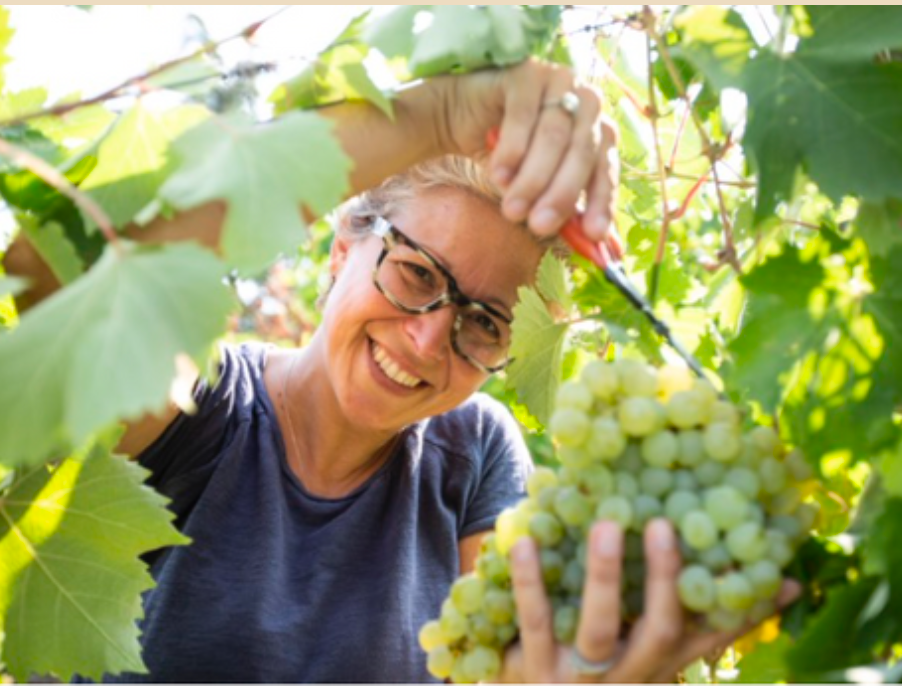La Colombera
Elisa Semino
Piedmont – Colli Tortonesi DOC
If you know Timorasso, you know Elisa Semino and La Colombera. If you don’t, the grape is a fascinating introduction not just to the quality of native white grapes of Italy, but also a rejoinder to the idea that whites are largely meant to be drunk fresh and young. The wines of La Colombera are complex, substantial, and beguiling, constantly unfolding while never losing their capacity to please.
Known as Derthona to the ancient Romans, Tortona is located on the eastern edge of Piemonte, essentially a vinous world away from the Langhe. Nevertheless, Timorasso has been grown here for centuries, growing best in the same bedrock–the Sant’agata marls–as much of Barolo.
The extreme difficulty of growing this grape is enough to explain why, after the scourge of phylloxera across Europe, Timorasso lost its place among farmers, becoming almost entirely extinct. Now, because of a few determined growers, Timorasso is the local legend of the Colli Tortonesi; diligence is required however, with grapes shedding their acidity within days–if not hours–of a warm spike once harvest approaches. The payoff for this high-wire act is in the bottle: old vintages of Derthona and Il Montino could, glass to glass, be confused for either top level Chablis or culty Chenin Blanc, but with a personality and character all their own.
Timorasso’s importance shouldn’t minimize the quality of La Colombera’s work with other native grape varieties, including Cortese, Croatina, and Barbera, each of which are generous while always keeping something exciting in reserve for those with patience. Together, La Colombera’s stable of wines constitutes a remarkable vinous ecosystem, matched only by the family farm itself. For decades the Semino family has developed and sustained a heritage of communitarian farming (chickpeas, wheat, peaches, cherries, acacia, and more). As such, there will be no surprise that all farming is organic, with cellar work in neutral vessels, aided only by the use of sulfur.



